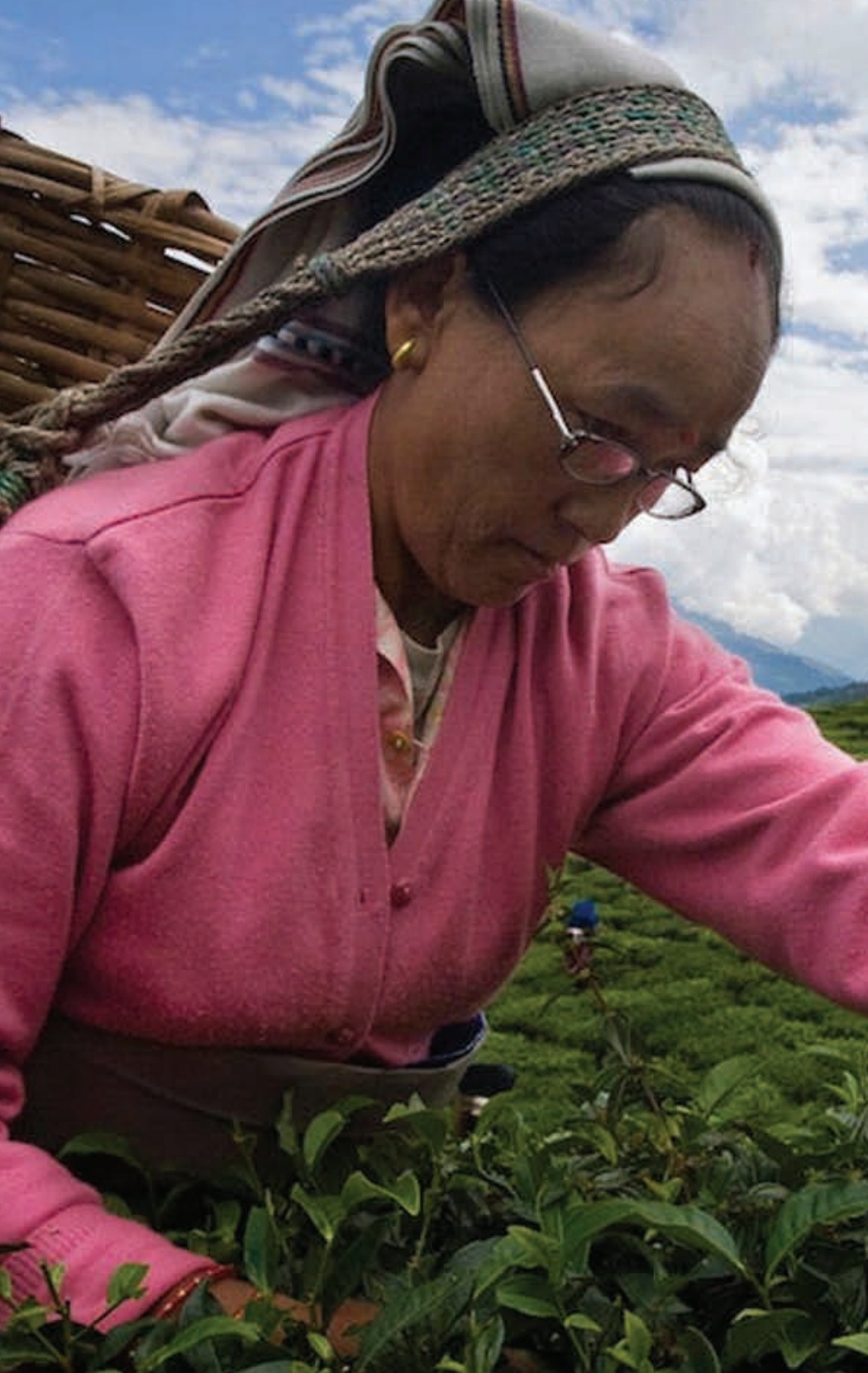Tale of two ‘organic’ places
With all the nutrients you consume with your dollop of veggies, do you know the chemicals you are popping in are hazardous? If Sikkim and Punukula can do it, why can’t the rest of the country switch to organic farming?
Vegetables consumed in cities like Bengaluru are sourced mostly from villages around the city, with few items coming from afar. To see how chemical dependent these are requires only a quick trip to any village in your suburb. Come evening or early morning, you can see thick fumes emanate from the fields as farmers spray the crops lavishly, often with no masks or any protection. Pesticides can get in through the nose, mouth, eyes and skin! Benzene hexachloride and the like fill the air.
Talk to the farmers about the bad effects of these and they will just shrug it off, saying that the crops will otherwise be destroyed by pests. Most are sold on chemical pesticides and fertilisers. After all, it is the government and experts (from pesticide lobby) who advocate the same to the farmer, who would rather take their word than that of a pesky journalist.
Most of what they grow is sent to the markets. The over-reliance on vegetables and fruits in diet that we see among city residents is missing in the village. A staple diet will have some gain like ragi or rice with some curry, thinly populated with vegetables. However, to ‘make up’ for the negligent consumption of pesticide through food, these hapless farmers take it in through the air.
More than 115 of the 275 pesticides used in India have been found to be highly hazardous causing cancers, hormonal disorders, neuro-toxicity, developmental and reproductive disorders. Residues have been found in over 15 per cent samples of vegetables, tea, milk, egg, fish, meat, cereals, pulses and water.
This is where we need to disseminate success stories from case studies like that of Sikkim and Punukula, places that benefitted largely from a push by the government or NGOs towards natural and chemical-free farming.
Punukula in Andhra Pradesh, a cotton growing region, saw many of its farmers in debt due to unmanageable pest problem. Pests thrived despite use of heavy chemical pesticides. It affected the health of farming community too. In 1999, a NGO got involved and gradually converted the farming community into natural approaches for pest management, but it was a slow process.
Neem powder, green chilli and garlic extract was sprayed on plants while pheromone traps were used to attract and catch moths, besides using marigold and castor to attract the pests away from main crop.
The extracts had to be prepared and often many farmers preferred to go back to chemical pesticides, readily available in market. But with the help of the women’s self-help groups, the whole community was won over by 2003. Across 240 acres growing paddy, cotton, pigeon pea and chilli, no chemical pesticides have been used since then.
The average net income per hectare increased. Wages improved. A neem seed crushing unit was set up and two women run it. Health of farmers has improved. So also that of the land with more numbers of pests present, without reaching pest population. Number of birds too improved. The support of women’s groups in preparing the extract and that of panchayat in punishing for non-conformance played a significant role.
The village has inspired neighbouring villages to go the chemical-free way of pest management. By 2027, Andhra Pradesh plans to become wholly non-chemical and zero budget natural farming on its 8 million hectares of farm land.

Sikkim is another state which declared back in 2003 its mission to go fully organic and was declared so by 2016. The demand for chemical fertilisers and pesticides was reduced by bringing down the subsidies offered to them and totally removing it by 2008. Import into the state was banned. Capacity building for farmers, educational programmes in schools, setting up seed banks, seed and soil testing labs, etc were parts of the government thrust.
What stops governments in other parts of the country from doing the same? That is anybody’s guess.
Courtesy: UNEP
